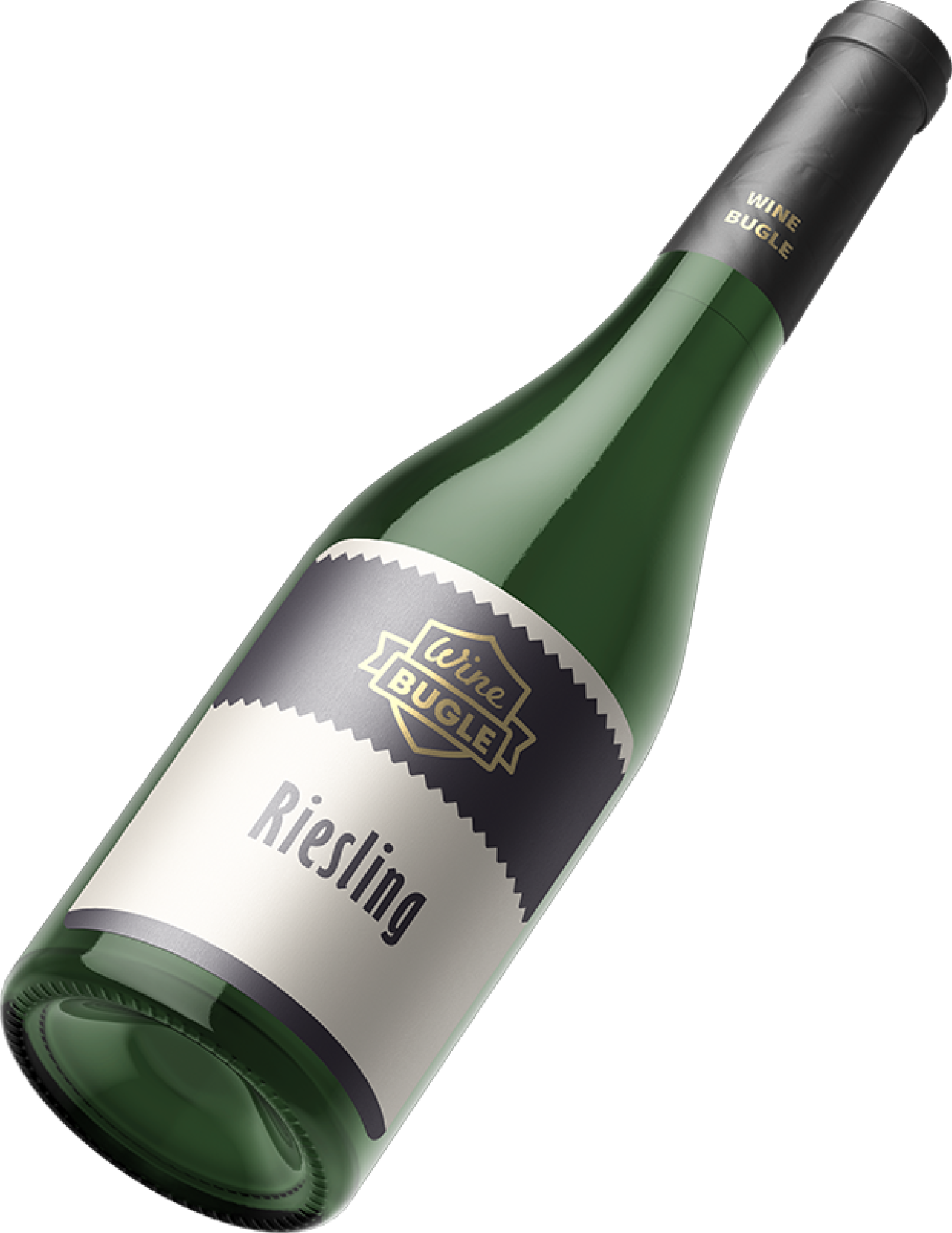Origins of Riesling
Riesling is a white grape variety that originates in Germany, where today it is still the most cultivated grape. However, it is considered an international grape variety because in the last century it has spread all over the world, especially in areas with rather cold climates.
It can produce sparkling, dry, or sweet white wines, and thanks to its marked acidity it has excellent longevity.
Riesling is certainly the oldest German grape variety. It is also said that, during the ninth century, it was Louis the German who encouraged its cultivation. Over time, Riesling has been used to obtain other grape varieties such as Müller Thurgau, a cross between Riesling and Sylvaner or Chasselas. The success of Müller Thurgau has slowed down the affirmation of Riesling, and its vinification in purity. But since the 90s, this grape has finally gotten the attention and recognition of the general public.
Where it is grown
Germany is undoubtedly the home of Riesling. Already in the late Middle Ages, German Rieslings were produced especially in the river valleys of the Rhine and Moselle. These regions are covered with sloping rows on steep hills that reach the bed of the Rhine and its tributaries, such as the Moselle and the Saar, which mitigate the climate, reflecting the light and creating morning mists perfect for the development of noble mold.
In France, in the Alsace region, Riesling is considered one of the four noble grape varieties of the Alsace Grand Cru appellation. The Grand Crus are produced in two styles: Vendange Tardive, or late harvest, and SGN (Selection de Grains Nobles).
In Italy, Riesling is grown in the northernmost regions, and in particular in Trentino Alto Adige, where wines are usually dry, with high acidity, notes of white flowers, green apple, lemon, and flint.
The popularity that Riesling has been experiencing in recent years has led to the spread of this vine also in new areas, like the northernmost regions of the United States, such as the Finger Lake in the state of New York or the cold Willamette Valley in Oregon.
Flavor and Style
Riesling wines are elegant and delicate, normally aged in large barrels or steel to enhance their marked sapidity and acidity, without adding any perfume. The olfactory profile is intense and aromatic with floral, citrus, and mineral aromas in youth, which with aging turn towards honey, toasted, and the unmistakable smell of hydrocarbons. Acidity is always high. Alcohol and body are always moderate.
Late harvest Rieslings are more full-bodied wines with a higher sugar residue, although the high acidity still makes them balanced.
Riesling grapes are also used for the production of EisWein. In this case, the grapes are left to dry on the vine for several months and are harvested when temperatures are so low that the berries freeze. The frozen aqueous part is separated during the early stages of winemaking: the must, rich and concentrated, will be partially fermented to obtain a very sweet and full-bodied wine.
Rieslings with botrytis, such as the precious German Beerenauslese and Trockenbeerenauslese, owe their name to a mold that, in particular climatic conditions, penetrates inside the berries, favoring the evaporation of water and allowing the development of unique aromas.
Riesling food pairings
Thanks to its remarkable versatility, Riesling allows a huge variety of gastronomic combinations. Dry wines from Northern Italy and Germany are perfect for sushi or smoked fish. The more full-bodied, both German and French, go well with both fish, duck and meat in general. Wines with a slight sugar residue, such as Spatlese, are perfect for oriental cuisine, while sweet, passito, EisWein, or botrytized wines are perfect with desserts, or blue cheeses.
Comparison with other grapes
You can find out how Riesling compares to Moscato, Chardonnay and Pinot Gris in our dedicated articles.
